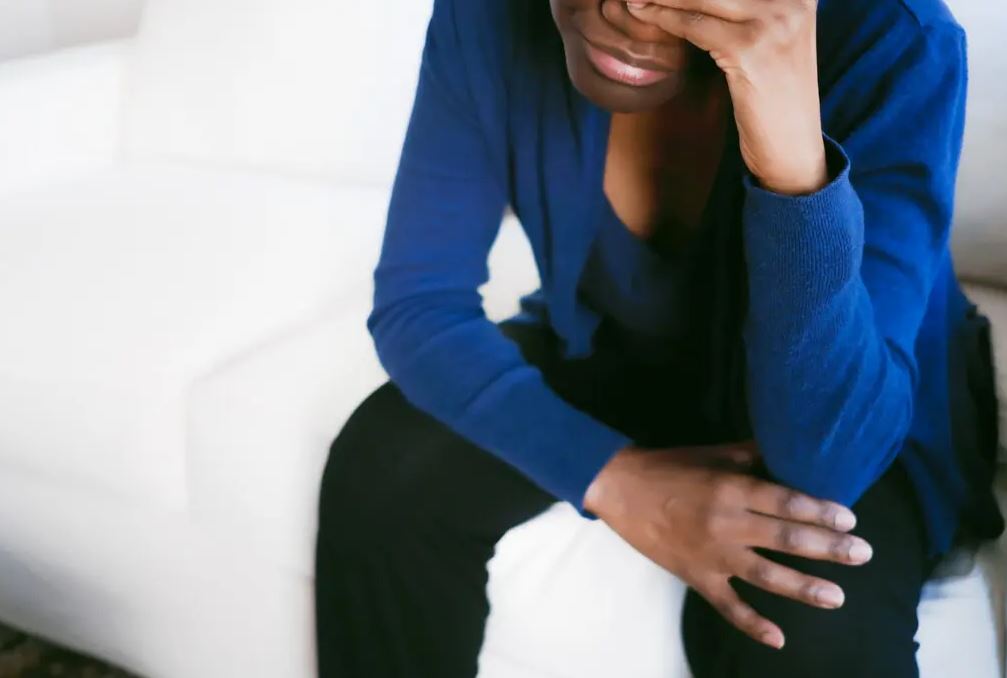According to the findings of a recent research conducted on a nationwide scale, the use of chemical hair straighteners can carry a very little risk of uterine cancer. According to Dr. Alexandra White, who is the director of the environment and cancer epidemiology group at the National Institute of Environmental Health Sciences and who is also the principal author of the research, the incidence rates of the condition are still quite low. The study was also unable to prove beyond a reasonable doubt that using hair straighteners causes cancer. However, she emphasised that there is reason for caution over the results.
In recent years, the United States has seen a rise in the incidence of uterine cancer, especially among women of African American and Hispanic descent. This year there were 65,950 new instances of the disease identified, which is a significant increase from the 39,000 cases detected annually 15 years ago. According to Dr. White, Black women also had a higher risk of having more aggressive forms of the disease, and the research found that they were disproportionately more likely to use hair straighteners.
What exactly is the cancer of the uterus?
Endometrial cancer is the most common kind of uterine cancer, and it begins in the cells that create the lining of the uterus, according to Dr. Emily Hinchcliff, a gynecologic oncologist at Northwestern Medicine. When we speak about uterine cancer, we are usually referring about endometrial cancer. Uterine sarcoma is the second form of uterine cancer, however it is considerably less common. It is a cancer that originates in the muscles that support the uterus.
Dr. Brawley further said that incidences of uterine cancer in pre-menopausal women are quite uncommon. He said that this illness mostly affects women in their 50s and 60s.
What are the elements that put a woman at risk for developing uterine cancer?
Uterine cancer may occur in anybody who has a uterus, but the chance of having the disease increases with age. Women over the age of 50 are at a greater risk than younger women. The researchers that worked on the hair straightener study pointed out that environmental exposures are another something that might play a role in someone’s risk. There are a number of chemicals that are used in many other personal care items that are also included in straighteners. These chemicals include formaldehyde, parabens, bisphenol-A, and metals. The higher danger to women who used straighteners might perhaps be explained by these chemicals.
Hormonal imbalances may also be caused by medical problems, which might increase one’s risk. PCOS, also known as polycystic ovary syndrome, has been associated with an increased risk of uterine cancer. This is likely due to the fact that women who have PCOS are more likely to go without their periods, which can lead to a buildup of tissue in the uterus that can eventually transform into endometrial cancer.
According to Dr. Ginger Gardner, a gynecologic oncologist at Memorial Sloan Kettering Cancer Center, diabetes and high blood pressure are additional variables that increase the likelihood of developing ovarian cancer. In addition, as is the case with several other types of cancer, a person’s family history might be a factor. Women who come from families where uterine cancer has been identified in other members should be more attentive in monitoring themselves for signs of the disease.
What are the first signs and symptoms that should be looked out for?
According to Dr. Brawley, the most prevalent sign of uterine cancer is abnormal bleeding, and this is particularly true for women who have gone through menopause. If you haven’t had a period in a year or more and have any kind of vaginal bleeding, including light pink or brown spotting or stains when you wipe, Dr. Gardner recommends making an appointment with your gynaecologist as soon as possible.
According to her, one of the symptoms of uterine cancer that may appear in younger women is a change in the rhythm of their bleeding, which can include bleeding between periods as well as significant bleeding in general.
Patients often fail to recognise changes in their bleeding patterns, according to Dr. Andrea Jackson, an obstetrician and gynaecologist at the University of California, San Francisco who specialises in giving medical attention to patients of African descent. She said that anecdotally, in especially among her Black patients, they often do not regard it as a reason for worry. This may be in part due to the fact that many of them have coexisting diseases such as fibroids, which may also produce spotting.
In addition, women who have the early stages of uterine cancer may experience discomfort or pressure in the pelvis. According to Dr. Hinchcliff, patients could notice bloating as well as changes in their bowel habits, which might have the appearance of either constipation or diarrhoea. If you have been experiencing symptoms for more than two weeks, the Centers for Disease Control and Prevention advises that you make an appointment with your primary care physician.
What screening methods and treatments are available for uterine cancer?
There are no routine tests available for uterine cancer, and pap smears are not effective in detecting the disease. According to Dr. Jackson, it is crucial to keep track of any changes in your cycle as well as any symptoms you may be experiencing. She also said that progesterone intrauterine devices (IUDs) and birth control tablets may be helpful in preventing uterine cancer in those who are at a greater risk.
According to Dr. Jackson, a hysterectomy is the treatment of choice for early detection of endometrial cancer in most cases. Some women with advanced uterine cancer may need chemotherapy in addition to radiation treatment. According to Dr. Brawley, “this is a fairly curable kind of cancer” when it comes to a normal instance. However, the outcomes differ depending on how aggressive the disease is.

